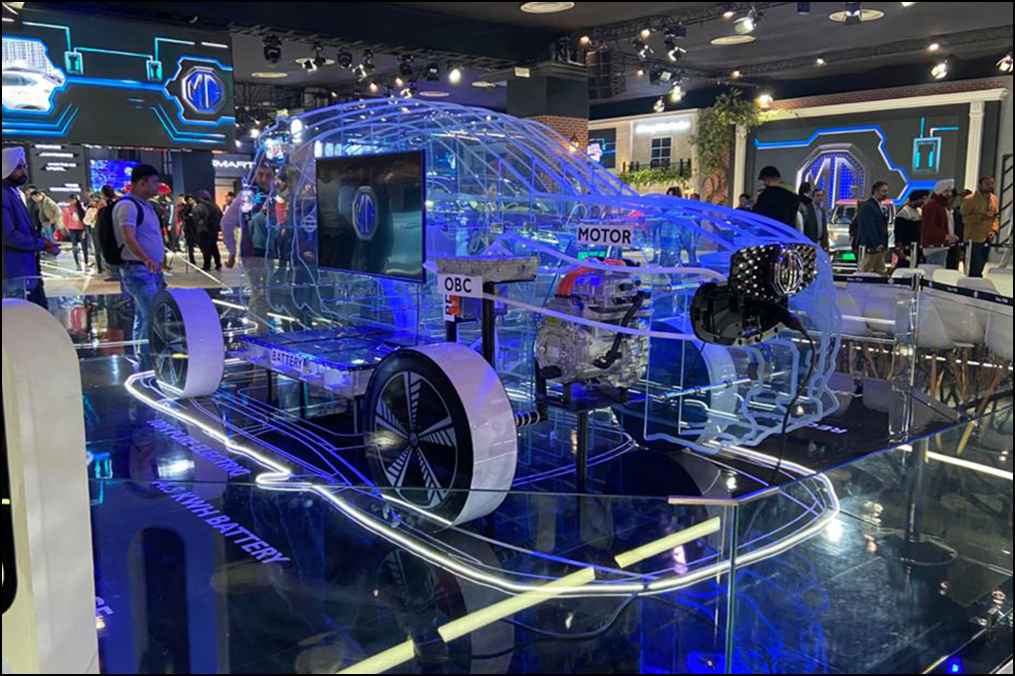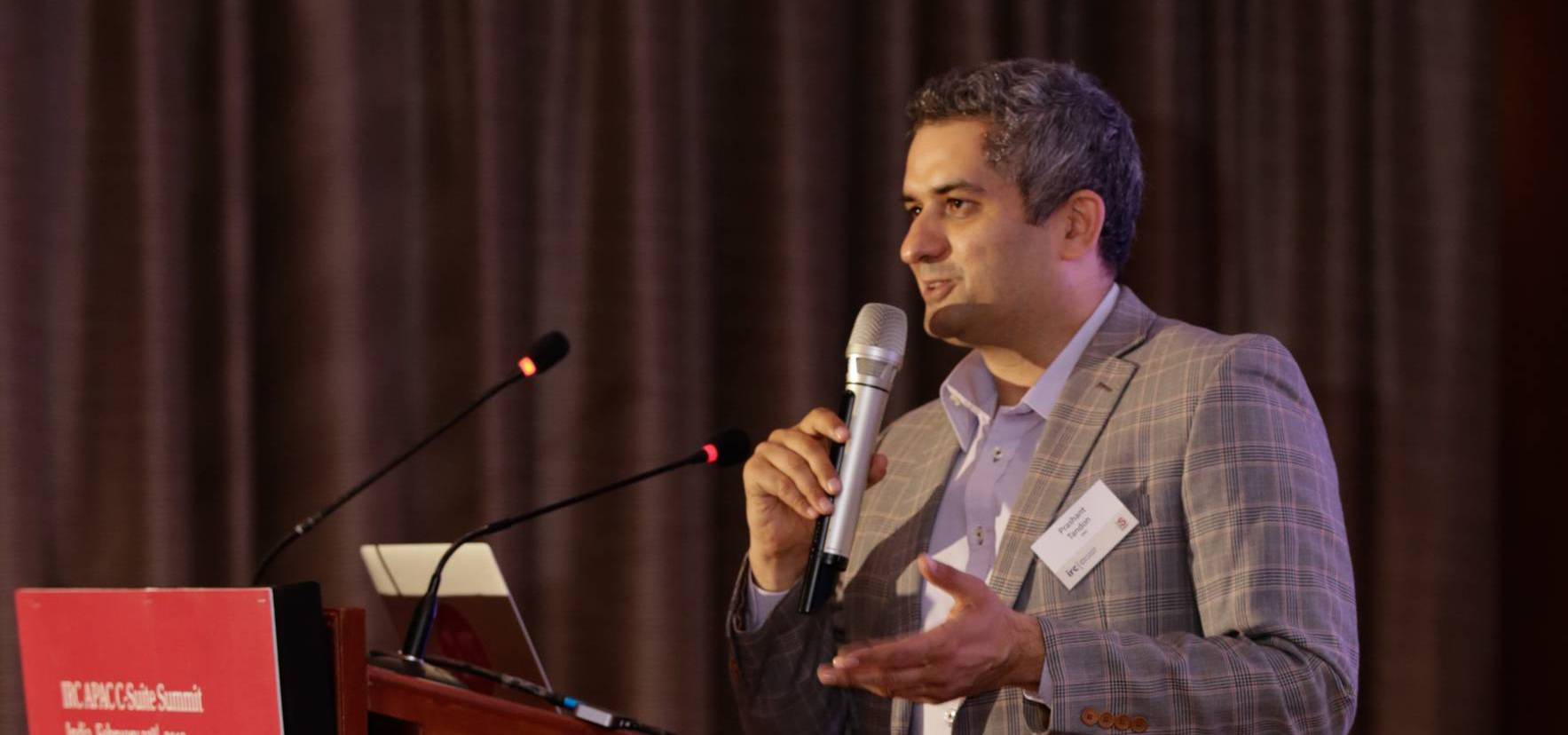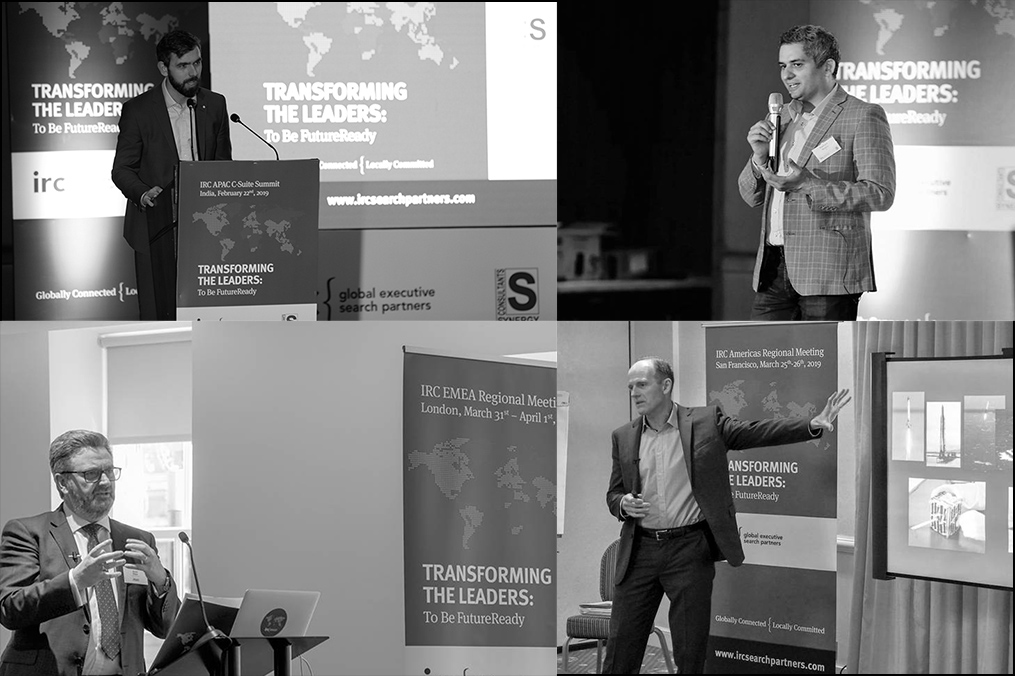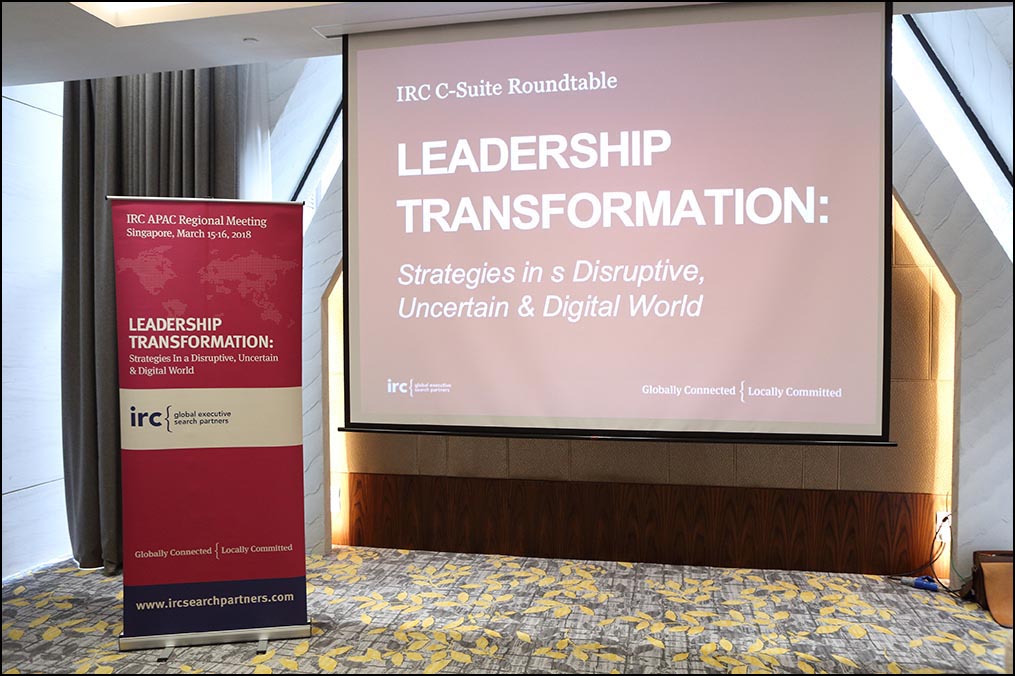Critical People Challenges: Indian Auto Industry
The Automobile industry in India is today caught in a vortex of constantly declining consumer demand, selective production, lean manufacturing and cost-cutting initiatives coupled with entry of low-cost Chinese manufacturers and an unusual restlessness and churn in human assets.

The Automobile industry in India is today caught in a vortex of constantly declining consumer demand, selective production, lean manufacturing and cost-cutting initiatives coupled with entry of low-cost Chinese manufacturers and an unusual restlessness and churn in human assets.
It is passing through a critical phase of increasing technological complexities and quantum changes, coupled with the need to implement global best practices. Further, managing strategic priorities and investments in the face of uncertain and ambivalent government policies requires a realignment of talent strategies.
The Dilemma:
For an organization to decipher the dilemmas and to emerge successful from the current challenges, it is imperative to increase focus on the human dimensions of changing technologies, processes and management principles. This would enable it to locally-strengthen the chain wherever the desired competencies are not available.
During the past six months, Synergy Consultants spoke to a large group of select CEO’s, HR leadership and almost a hundred CXO’s working for major automobile and OEM manufacturers. The objective was to understand their perceptions, concerns and apprehensions about availability, readiness and quality of senior managerial talent, as well as, unravel the leadership challenges and opportunities being faced by the industry as a whole. The learning’s from this interaction were analyzed in conjunction with insights derived from numerous Search assignments for leadership talent impacting consumer interface, manufacturing operations, technology up-gradation, product design, development and quality.
Talent Availability:
In spite of the continuous fall in demand and production, the people-exodus to other domains is not slowing down. Even more disturbing is the realization that, due to low demand and in the absence of access to the right quality talent with essential-skills and competencies, many companies have been compelled to lower their expectations and compromise on skills needed for management of critical functions.
A deeper qualitative probing and study of on- record empirical data suggests that industry has not taken any effective steps to meet this glaring gap in need and availability at the CXO and sub-CXO (its direct report) levels. Also, there is a virtual consensus that the competencies needed have to be studied afresh and unless this level of leadership becomes future-ready to propel the industry in the coming years, there would be a vacuum in strategic growth.
Why Talent is Scarce:
This sense of inadequacy stems from five key factors covering various dimensions of leadership:
1. Shortage of CXOs and Sub-CXO talent that has a strategic vision and an innovative people-centric approach.
2. Non-integration of technology and business imperatives during the growth phase, which is, perhaps, a consequence of singular focus on cost in recent years.
3. Movement of quality talent to alternate industries due to numerous factors including better compensation.
4. Excessive focus on borrowed technologies. This has diminished commitment to Research, Development and application engineering. As a consequence, the industry, today, is unable to project “technology challenges” and attract brilliant minds essential for long term advancement.
5. In spite of huge growth and potential, the industry has failed to project itself as an industry of choice for talented professionals.
Apart from talking to the Auto industry leadership in an organizational context, Synergy Consultants also interviewed over a hundred senior technology professionals in the Automobile and Auto-Components industry who were contemplating a change
Communication Gap:
It is now apparent that in many leading companies, there is a distinct mismatch between the Organizational initiatives as enunciated by the top management and as understood by the CXO and sub-CXO professionals. The strategies that top leadership intends to implement to enthuse the future leaders are somehow not getting communicated. The professionals are unable to comprehend and appreciate the competencies or actions with which quantum benefits and rewards are associated. The resultant discontent is leading to unfulfilled professional aspirations and the people strategy is not getting aligned to the organization’s business strategy.
It was also noted that, barring a few leading large companies, few organizations in the industry have a structured career growth plan for ambitious professionals that focuses on building cross-functional capability. While most CXOs grow linearly and miss out on developing and validating their cross functional leadership strengths, the future- ready CXOs with requisite technology, people skills and business acumen, also do not get rewarded adequately. As a result, such professionals move on to greener pastures outside the industry where they get both, more challenging assignments as well as higher compensation.
Based on reverse analysis, it was found that the Auto and Auto-component industry is ranked fifth in its ability to hire talent from other sectors. Due to cost pressures also, it seems to have reconciled to hiring mediocre talent currently.
Compensation is another bone of contention and has emerged as a critical challenge because better options are available outside the industry. With few exceptions, this is smaller than other manufacturing sectors.
The lack of stickiness at CXO levels is now almost as alarming as a dearth of capability building initiatives at junior levels.
Future-Readiness:
Auto industry is also struggling to integrate disruptive technologies, AI, IOT, telematics, electric, hybrid and autonomous vehicles, internet, powertrains and rising consumer expectations into conventional manufacturing practices and equipment. The war for such talent is at the threshold and global industries are embarking on leveraging lower-cost Indian R&D talent for long-term growth.
While majority of the industry is grappling with poor demand and is still lethargic to the critical shortages developing in talent-pipeline, many FutureReady CEOs are now recognizing the urgent need for bold new thinking, initiatives, original research, innovation and product development and an increased focus on people issues.
This glaring gap in requirement and availability of quality talent makes it imperative that the industry, as a whole, takes immediate steps to redefine critical competencies and create specific opportunities to attract, develop and leverage leadership talent as a strategic initiative. It won’t be sufficient to focus at the bottom of the pyramid alone as many bricks are missing in the middle and the top too.
Get in touch with us
Need help? Drop your contact information and our consultants will contact you.
ENQUIRE NOW






